Writers & Illustrators of the Future Workshop Week 2022 – Day 6
Contributed by Kary English
Nina Kiriki Hoffman
Nina arrived with a collection of 20-sided dice and a fun way to roll up story elements like D&D characters. The writers worked their way through five levels of story prompts, rolling dice every 10 minutes to incorporate the next random plot or character element.
Kevin J. Anderson & Rebecca Moesta
Together they gave a talk called things “I Wish Some Pro Had Told Me When I Was Starting Out.” The husband and wife duo emphasized professionalism.
“Be professional,” said Moesta. “People will remember you years after you’ve forgotten you ever met them. Above all, never, ever be a jerk.”
“Speak, dress and act professionally, including proper hygiene. Dress your brand,” Anderson added. “Be on time, and don’t whine.”
Anderson, who had 80 rejections before his first short story sale, introduced the writers to Heinlein’s Rules:
- You must write.
- You must finish what you write.
- Do not rewrite except to editorial order.
- Put your work on the market.
- Keep it on the market until it sells.
Dr. Greg Benford
Benford is a noted Professor of Physics at UC Irvine. He spoke to the writers about the importance of hooks and the realities of life as a part-time writer. Benford said he became interested in science fiction because he was interested in science, saying “Nobody writes about what scientists actually do.”
Benford advises: “Write when you feel like it. Write when it’s fun.”
Dr. Nnedi Okorafor
Okorafor, an avid reader, began writing while recovering from surgery that left her unable to walk.
“When you can fly,” said Okorafor, “you don’t have to walk.” Though she was a pre-med student who loved bugs and science, Okorafor took a creative writing class that introduced her to writing short stories. By the time the class was over, she had begun her first novel. “I knew I had found the thing,” Okorafor said.
As a reader, Okorafor didn’t care about genre; she loved stories. But after attending Clarion and winning Writers of the Future, Okorafor realized how important speculative fiction was to her.
“Writers of the Future was the first time where I saw [speculative fiction] writers respected, where writers were treated like it’s a big deal,” said Okorafor. “Being in this space was something that I needed.”
When asked about her busy writing schedule and working for Marvel, Okorafor told of writing as a single mother while finishing her Ph.D. “I learned to juggle,” she said. “I learned to ask myself ‘Which thing requires my attention most?’ The skills I learned at that time are the skills I use now.”
Illustrator Workshop Day 5—Games and Portfolios
Contributed by Martin Shoemaker
Bill Fawcett
Bill Fawcett spoke on the gaming industry and the opportunities that it presents for illustrators. Bill is a 50-year veteran in the field of games, books, and related media, including founding Mayfair Games. He discussed how the industry has changed through the years and continues to change. He also talked about the range of game company types, from small garage operations to divisions of multinational companies. To find work, he recommended starting with the annual Origins game convention in July, where most of the industry will be present. GenCon in Indianapolis is a major convention especially for role-playing games. DragonCon is a good place to meet fellow artists, especially in comics, though it has fewer game companies.
Bill also advised on how to confidently approach game clients. “Game company people are just people. Nothing special, nothing fancy, we just talk.”
After that, he discussed what he called “the big Kahuna” of game art: Magic: The Gathering. As a division of Hasbro, a multinational company, they have elaborate formal processes, and no tolerance for deviation, but they need a lot of art.
From there, Bill shifted to the other side of the industry: computer gaming. There are many small companies in this field who are currently promoting on Kickstarter, making that a good place to find contacts. (You can also contact marketing directors directly, of course.) He also recommended meeting people at electronics shows like E3 in Las Vegas, and he particularly recommended setting up meetings in advance. He finished with a discussion of working with large companies, both in-house and freelance.
Portfolio Review
The rest of the morning was devoted to portfolio reviews. Judges met with Illustrator winners, individually and in groups, to look over the winners’ portfolios and suggest markets, promotion, methods, subjects, and more.
A Visit with Bob Eggleton
Illustrator judge Bob Eggleton joined via Zoom for an extensive conversation about the business of illustration. He showed works of his own, and he also showed works by others that inspired him. He used these as a spring board to discuss best practices for both craft and business. He told stories from his career and from others, including Frank Kelly Freas, the first Coordinating Judge of the Contest. A lesson from these stories is that artists should diversify, both in their works and in their skills, so that they can keep growing and be ready for newer, better challenges in a long career.
A Visit from Max Çavun
To finish out the day, Volume 36 Illustrator winner Max Çavun shared how her career has grown since winning the Contest. This gave the artists insight into how they can leverage their wins and the network of winners and judges to find new opportunities and to share advice and ideas to help each other build careers.
 Kary English is a Writers of the Future winner whose work has been nominated for the Hugo and Campbell awards. She grew up in the snowy Midwest where she read book after book in a warm corner behind a recliner chair. Today, Kary still spends most of her time with her head in the clouds and her nose in a book. Her fiction has appeared in Galaxy’s Edge, The Grantville Gazette, Daily Science Fiction, Far Fetched Fables, the Hugo-winning podcast StarShipSofa, and L. Ron Hubbard Presents Writers of the Future Volume 31.
Kary English is a Writers of the Future winner whose work has been nominated for the Hugo and Campbell awards. She grew up in the snowy Midwest where she read book after book in a warm corner behind a recliner chair. Today, Kary still spends most of her time with her head in the clouds and her nose in a book. Her fiction has appeared in Galaxy’s Edge, The Grantville Gazette, Daily Science Fiction, Far Fetched Fables, the Hugo-winning podcast StarShipSofa, and L. Ron Hubbard Presents Writers of the Future Volume 31.
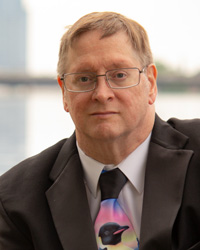
Martin L. Shoemaker (Writers of the Future Volume 31), is a programmer who writes on the side … or maybe it’s the other way around. He told stories to imaginary friends and learned to type on his brother’s manual typewriter even though he couldn’t reach the keys. (He types with the keyboard in his lap still today.) He couldn’t imagine any career but writing fiction … until his algebra teacher said, “This is a program. You should write one of these.”
Fast forward 30 years of programming, writing, and teaching. He was named an MVP by Microsoft for his work with the developer community. He wrote fiction, but he gave up on submitting until his brother-in-law read a chapter and said, “That’s not a chapter. That’s a story. Send it in.” It won second place in the Baen Memorial Writing Contest and earned him lunch with Buzz Aldrin. Programming never did that!
Martin hasn’t stopped writing (or programming) since. His Nebula-nominated short story “Today I Am Paul” explores the logical consequences of a medical care android with empathy, able to understand how its actions affect its patient’s emotional state. He expanded that story into his debut novel, Today I Am Carey (Baen Books), in which the android learns more about humanity through life with its human family. His novels The Last Dance and The Last Campaign (47North) are mysteries set on Earth, on Mars, and in the space in between.
Learn more at http://Shoemaker.Space.
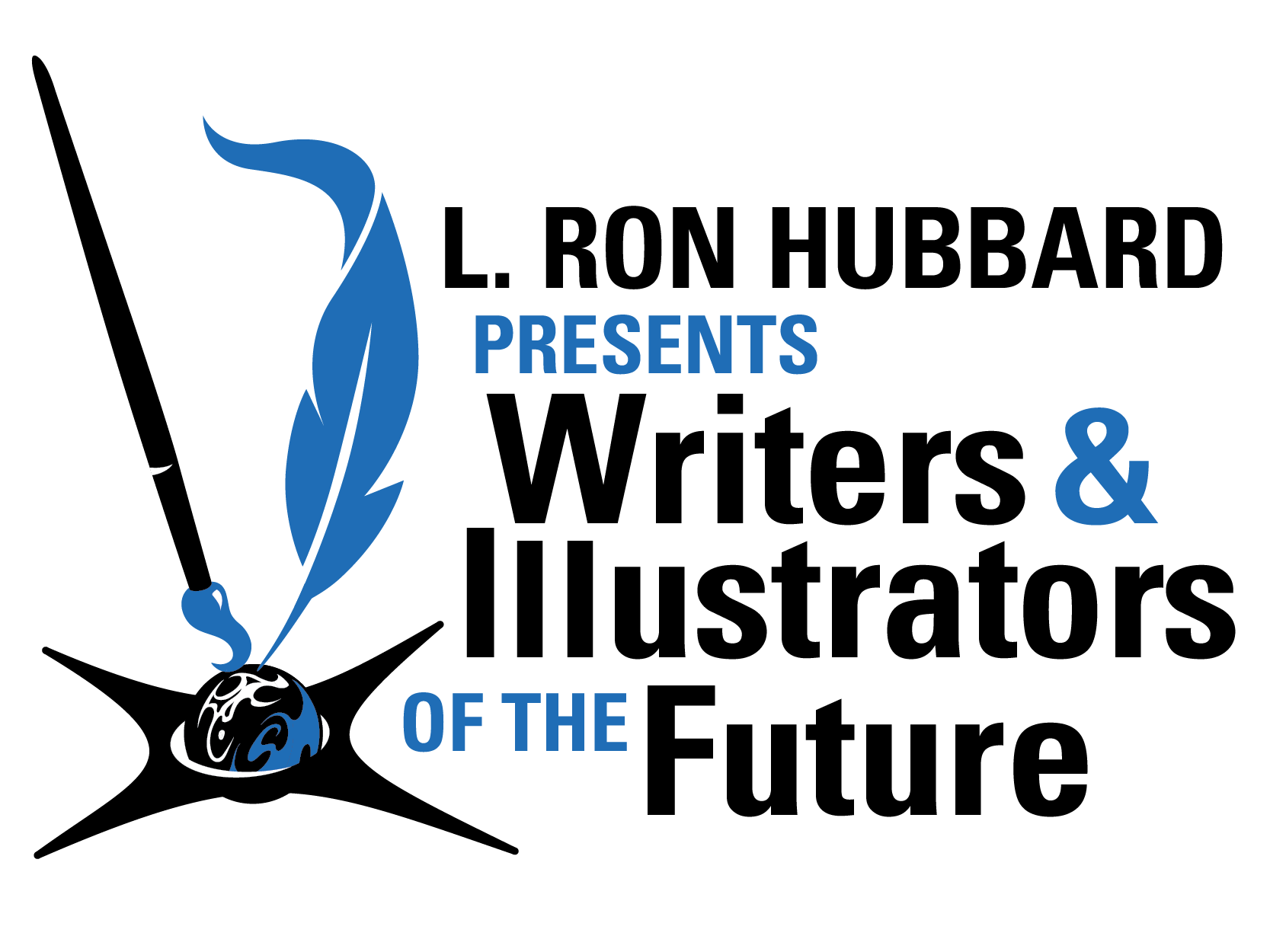
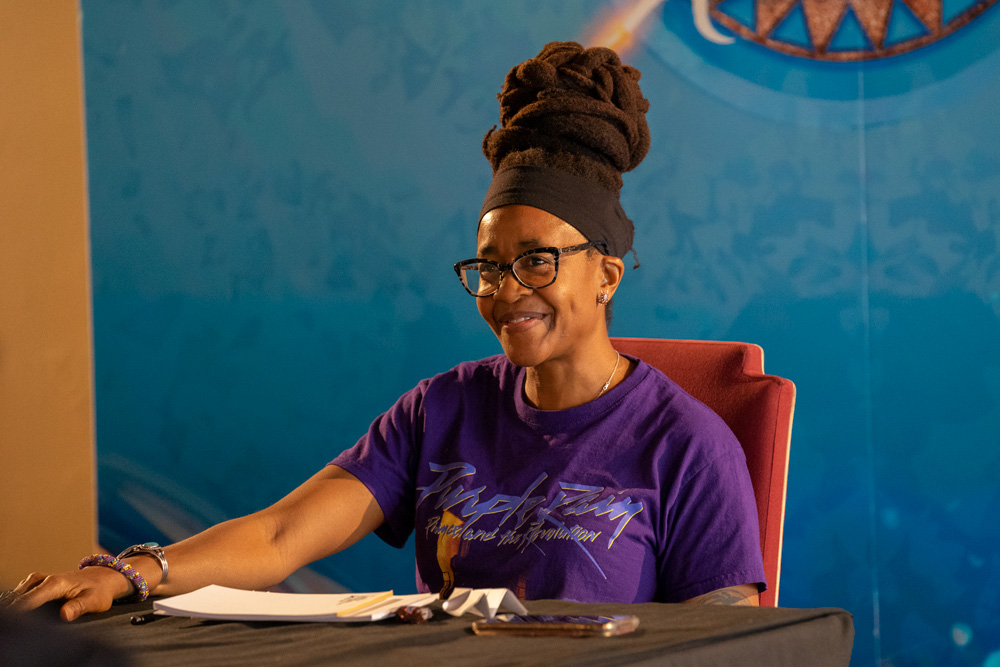
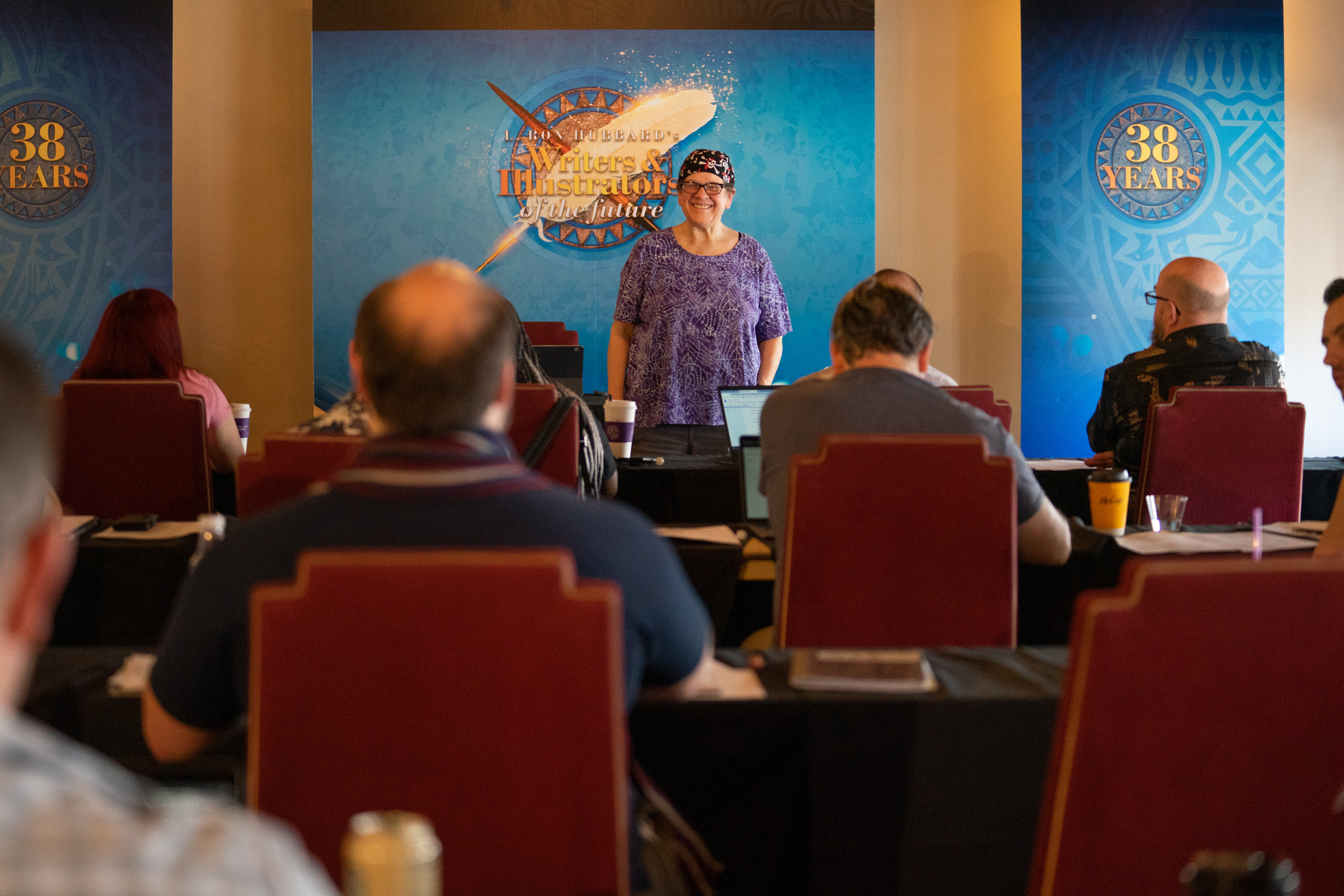

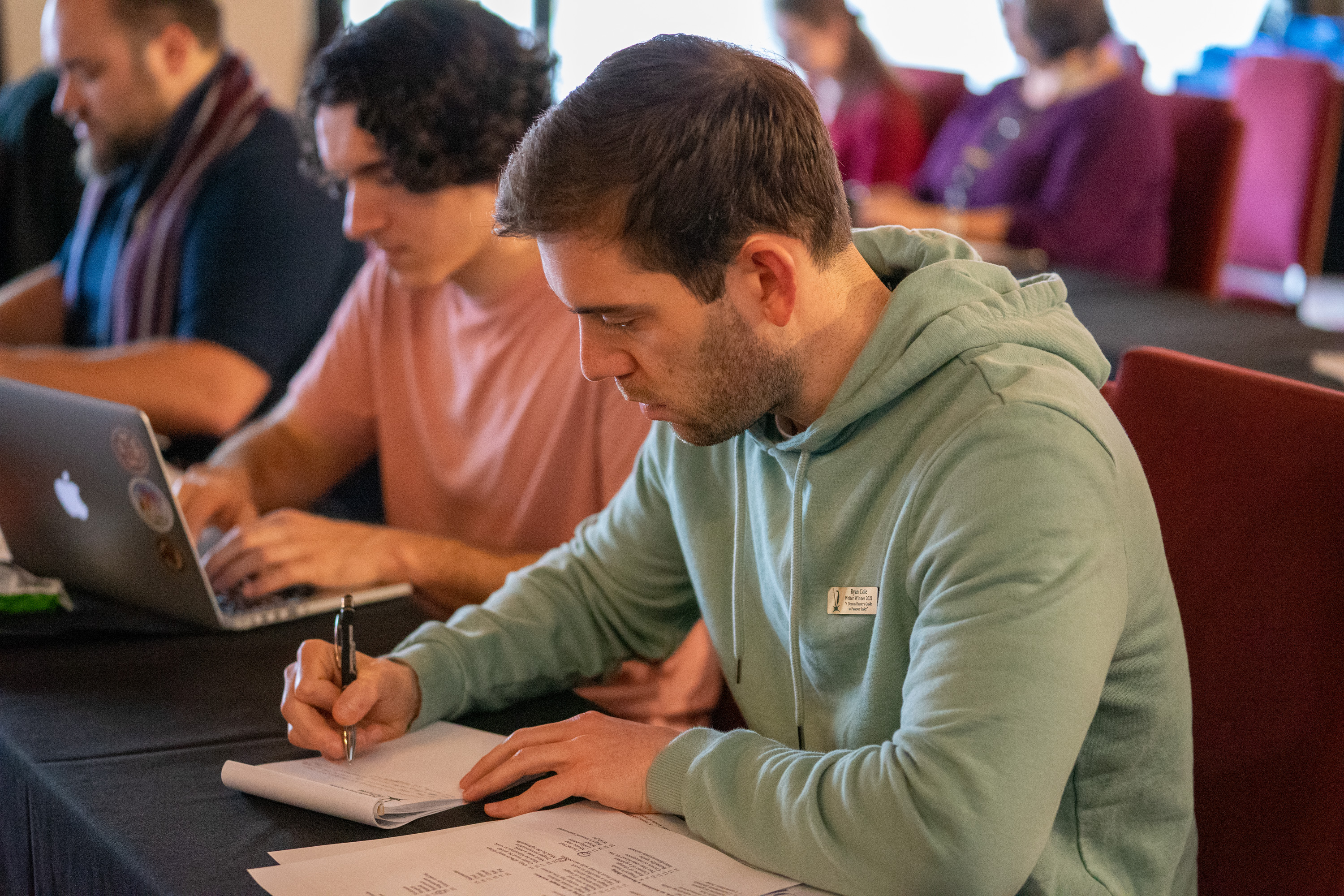






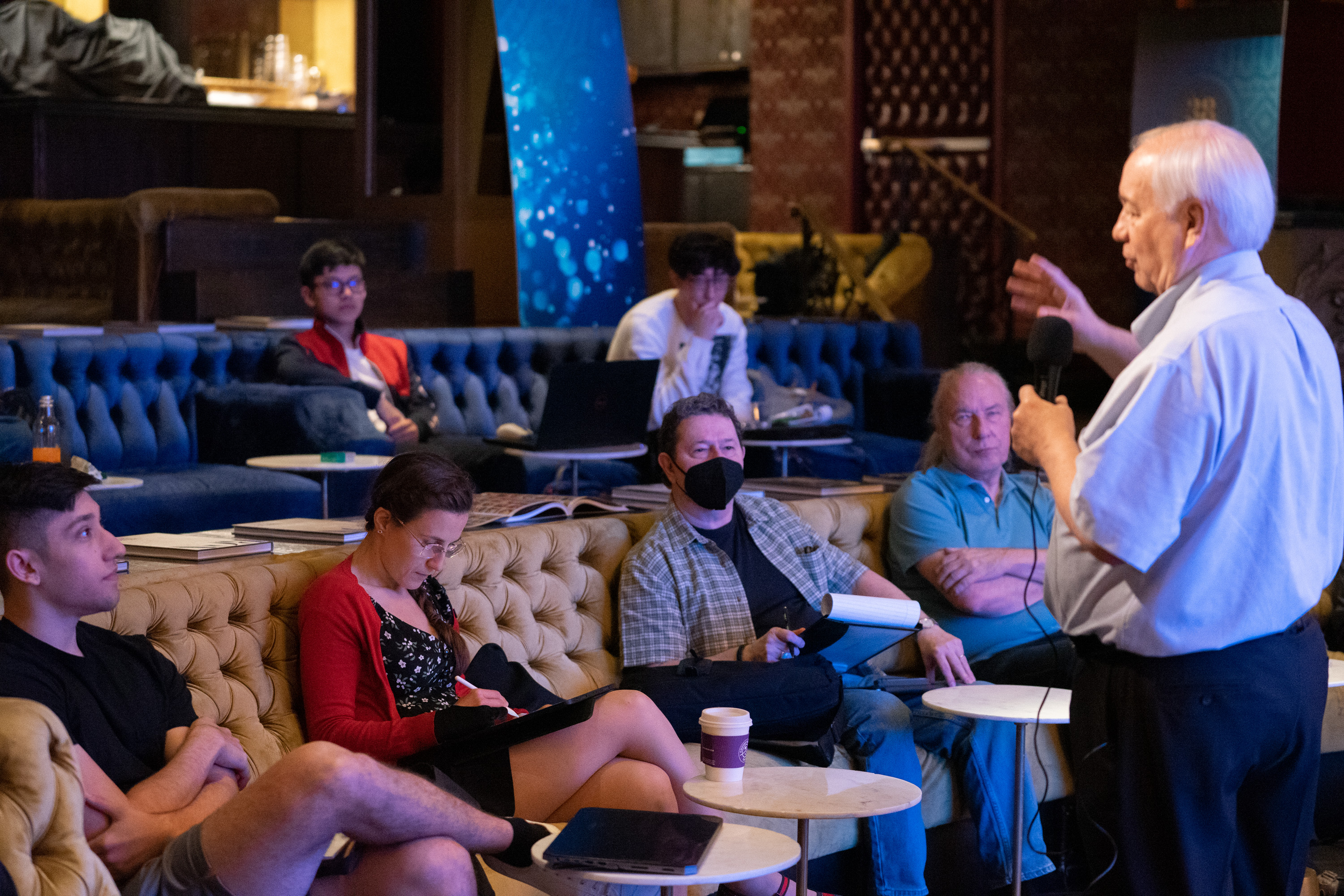

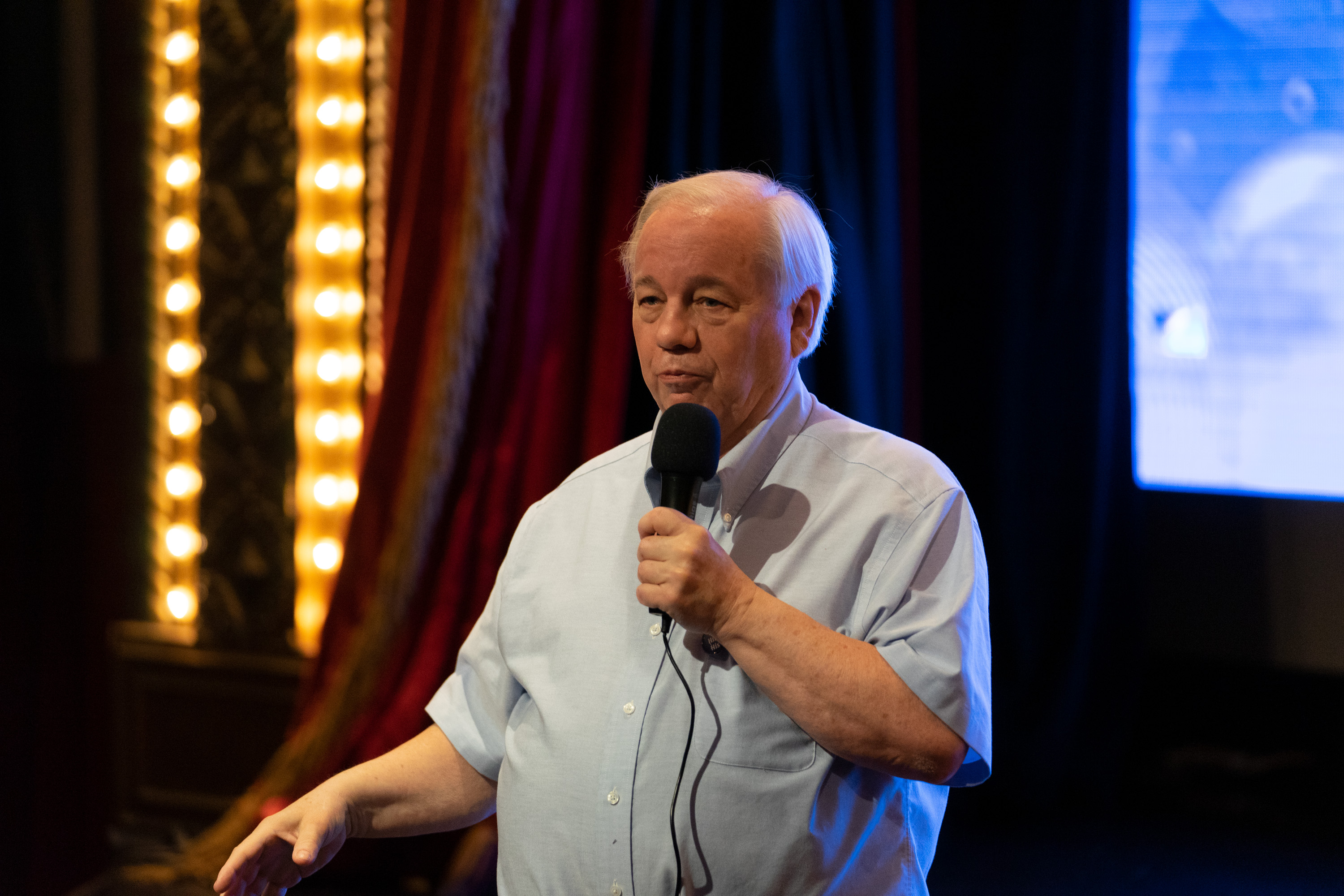










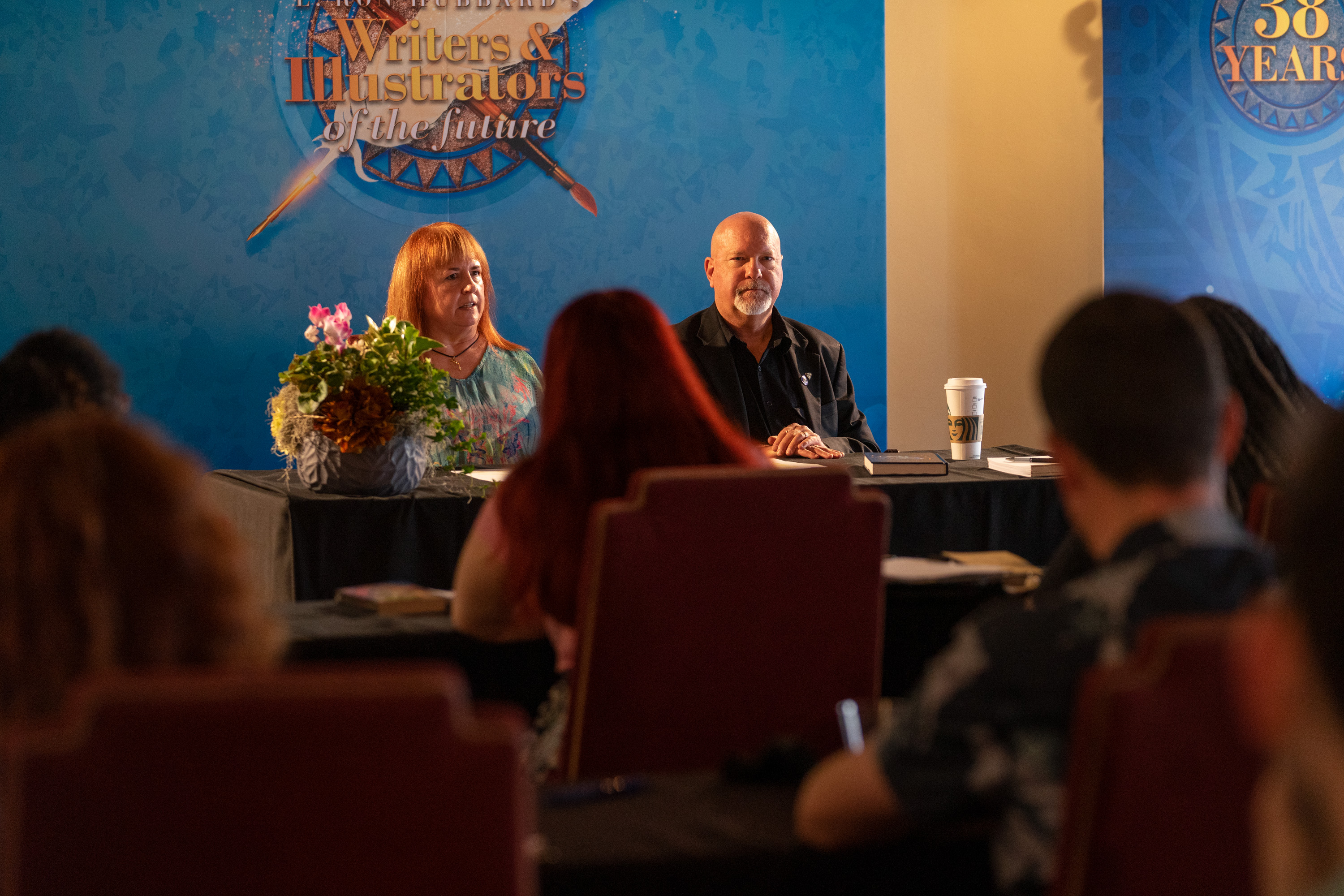


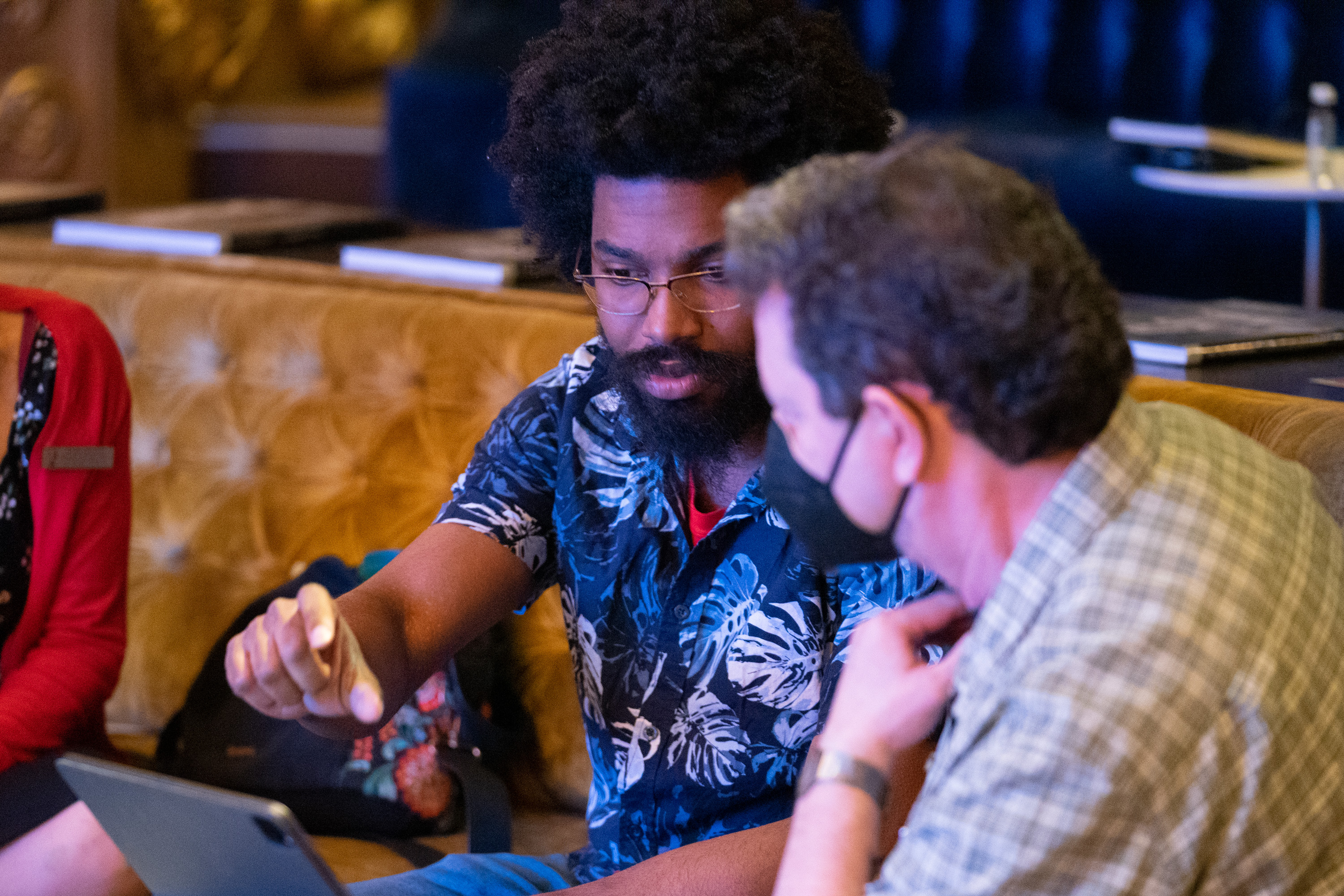

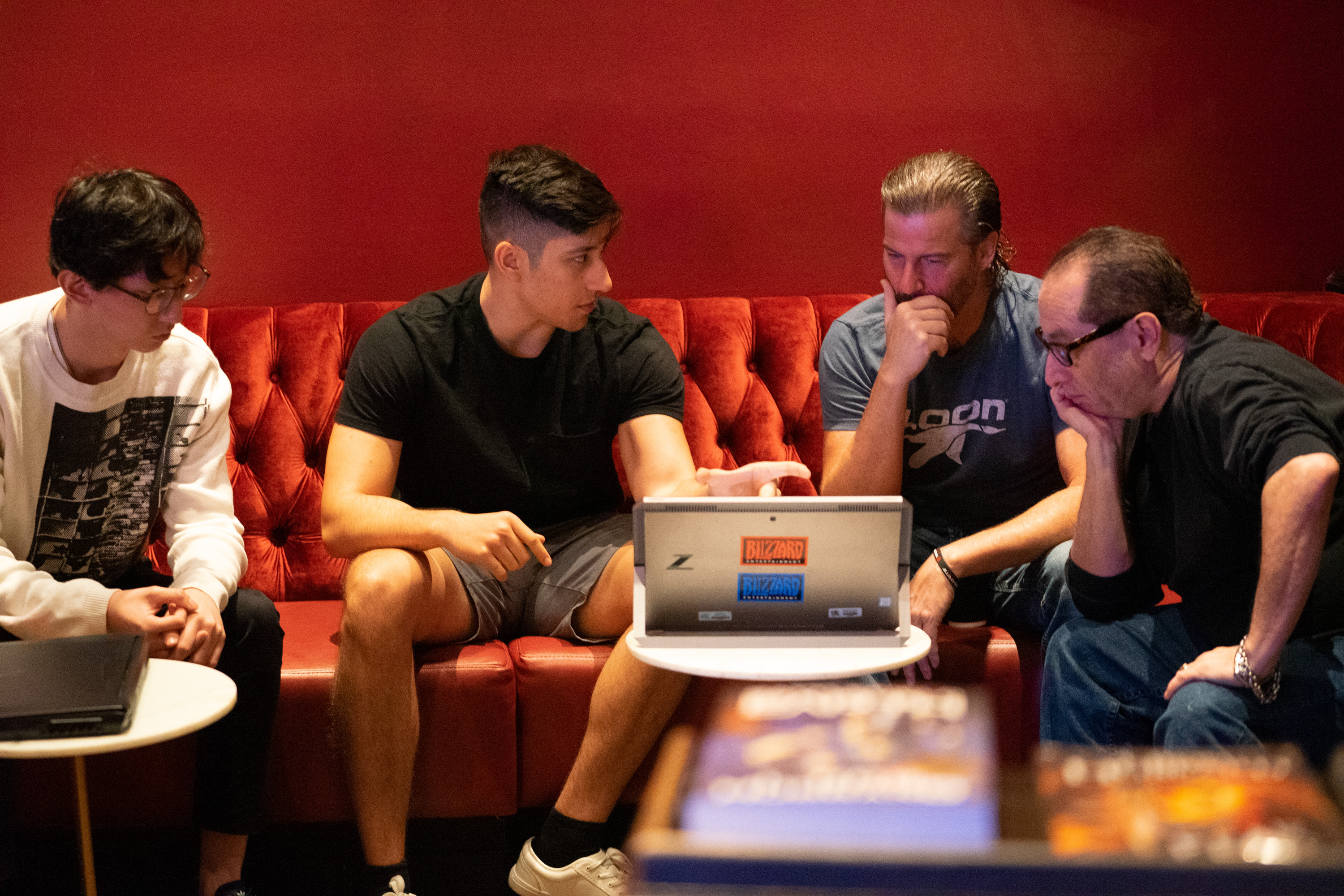
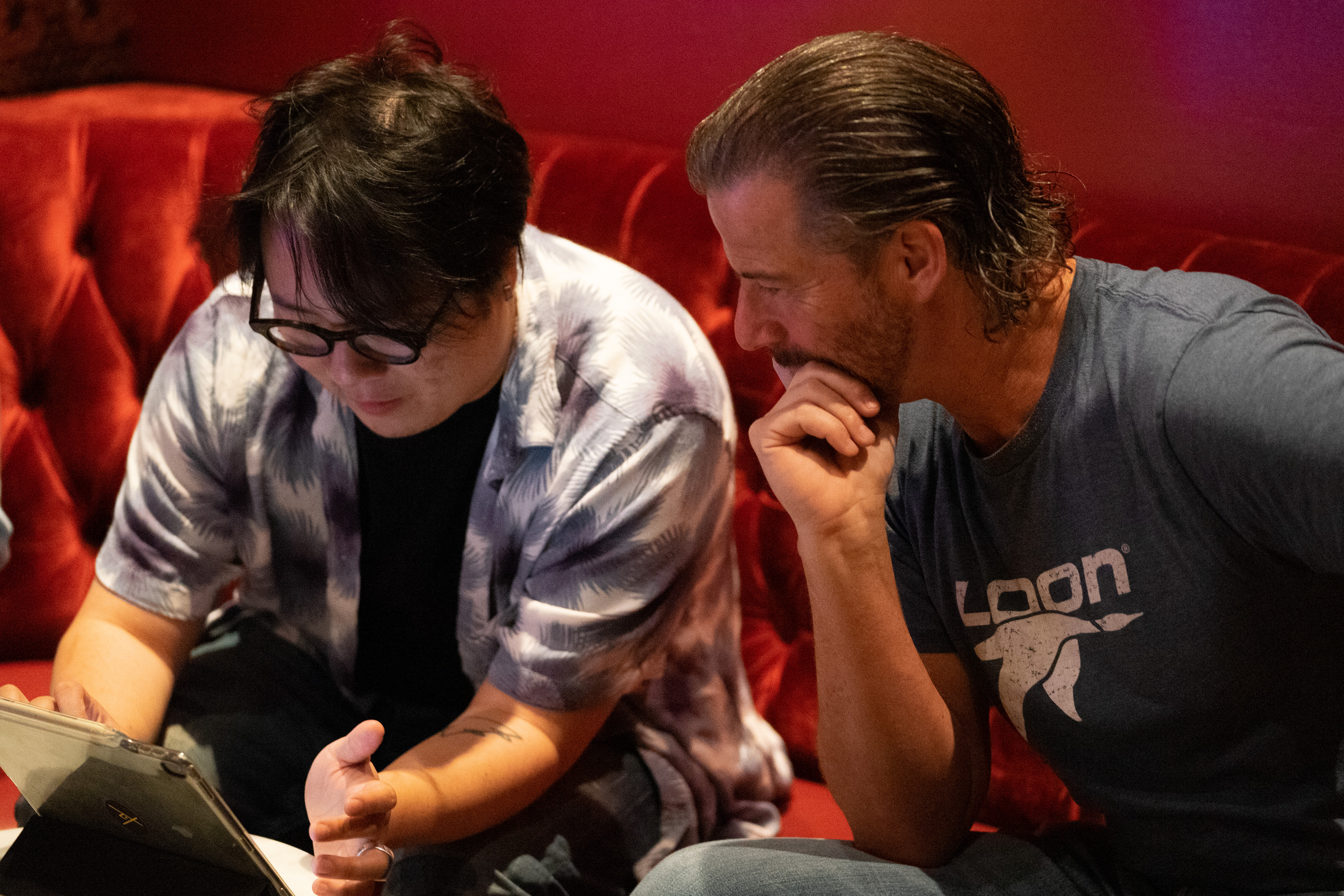






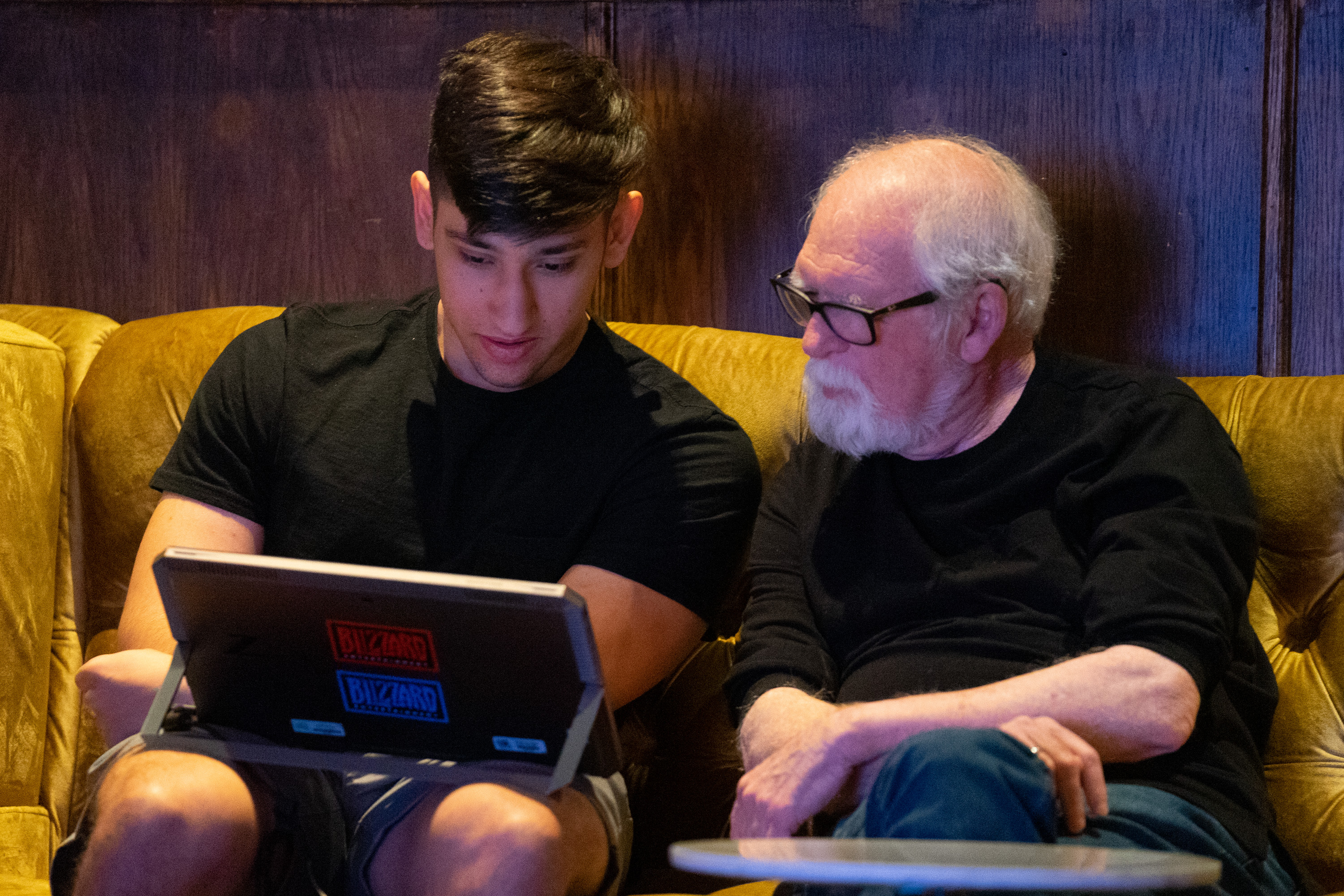
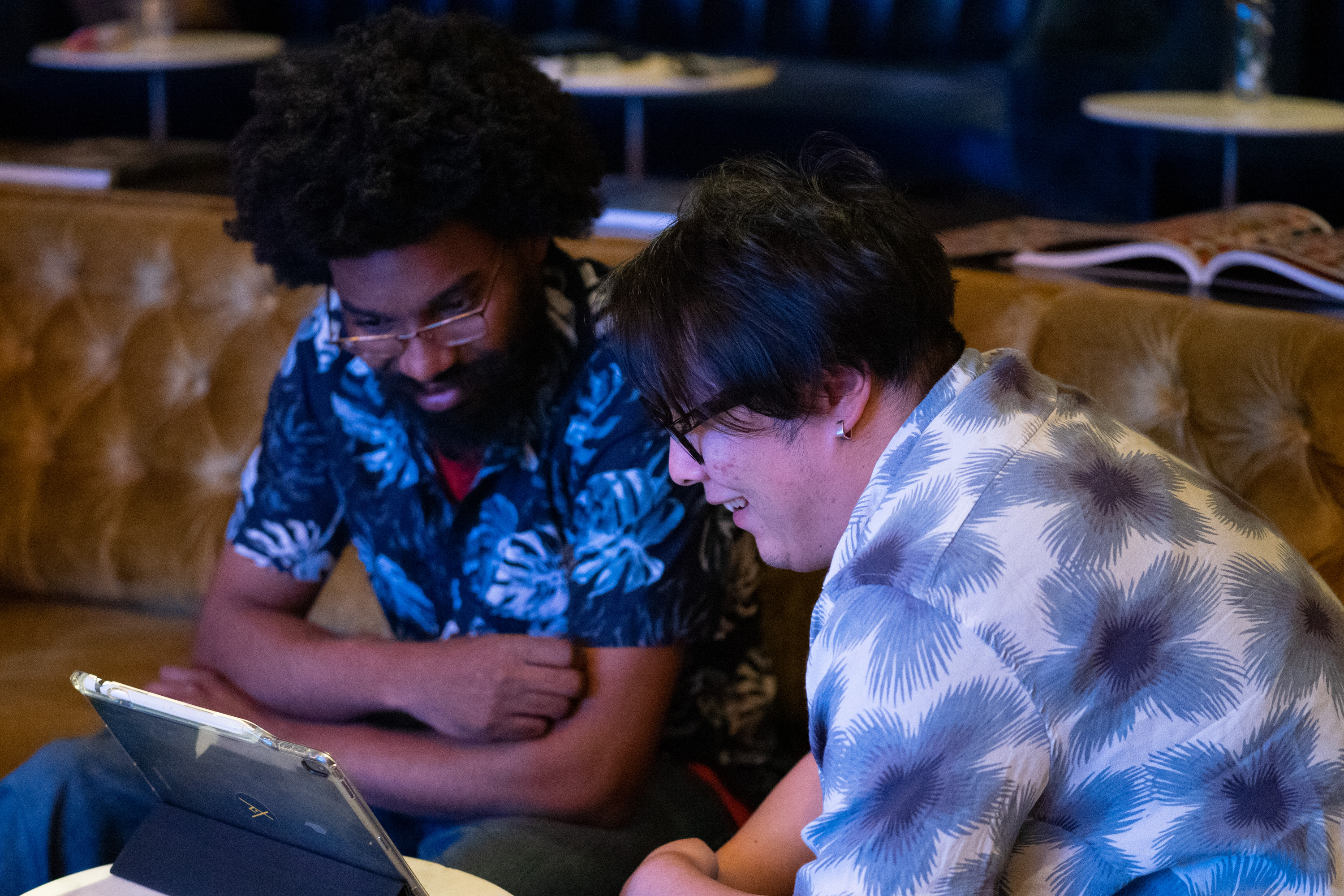

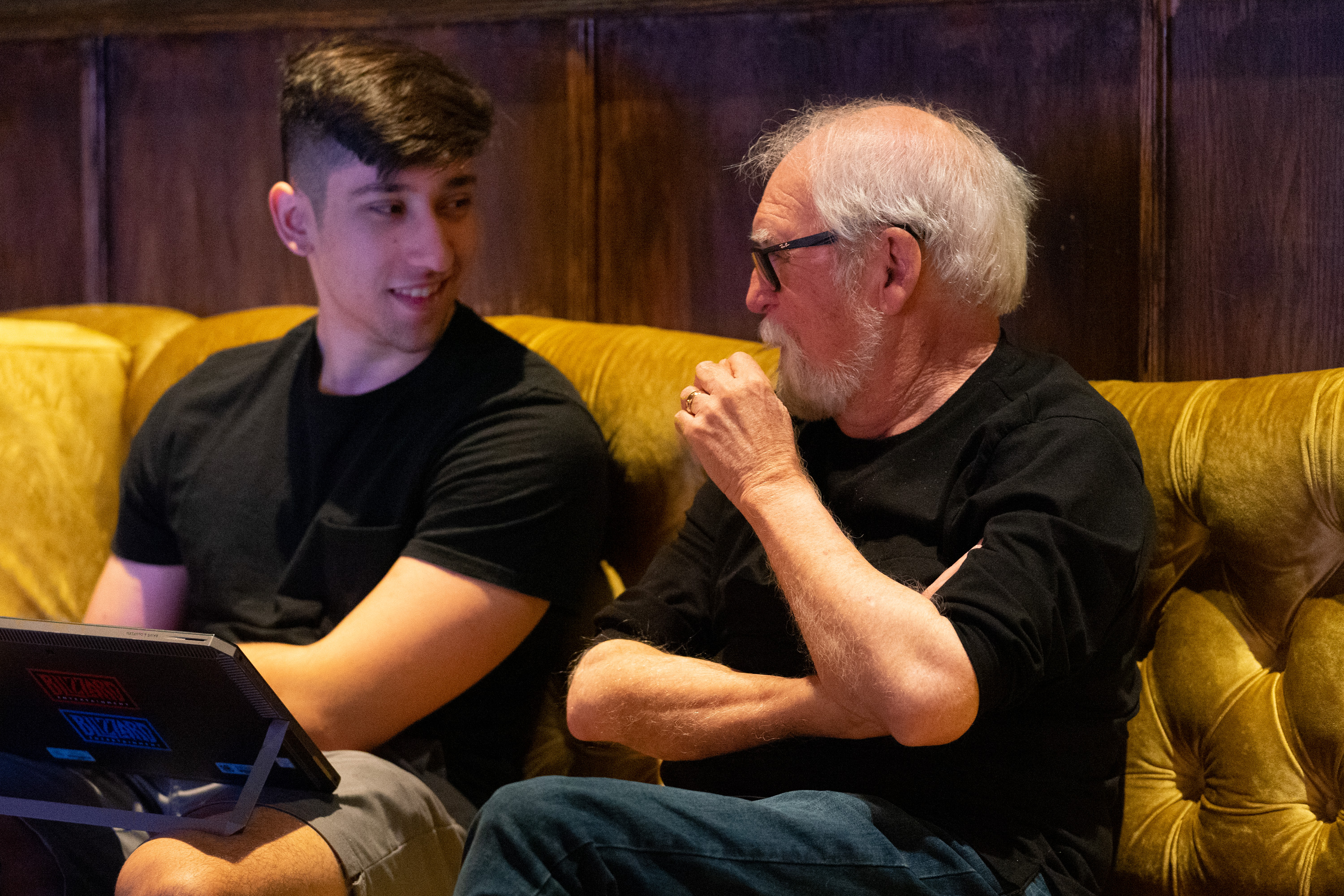







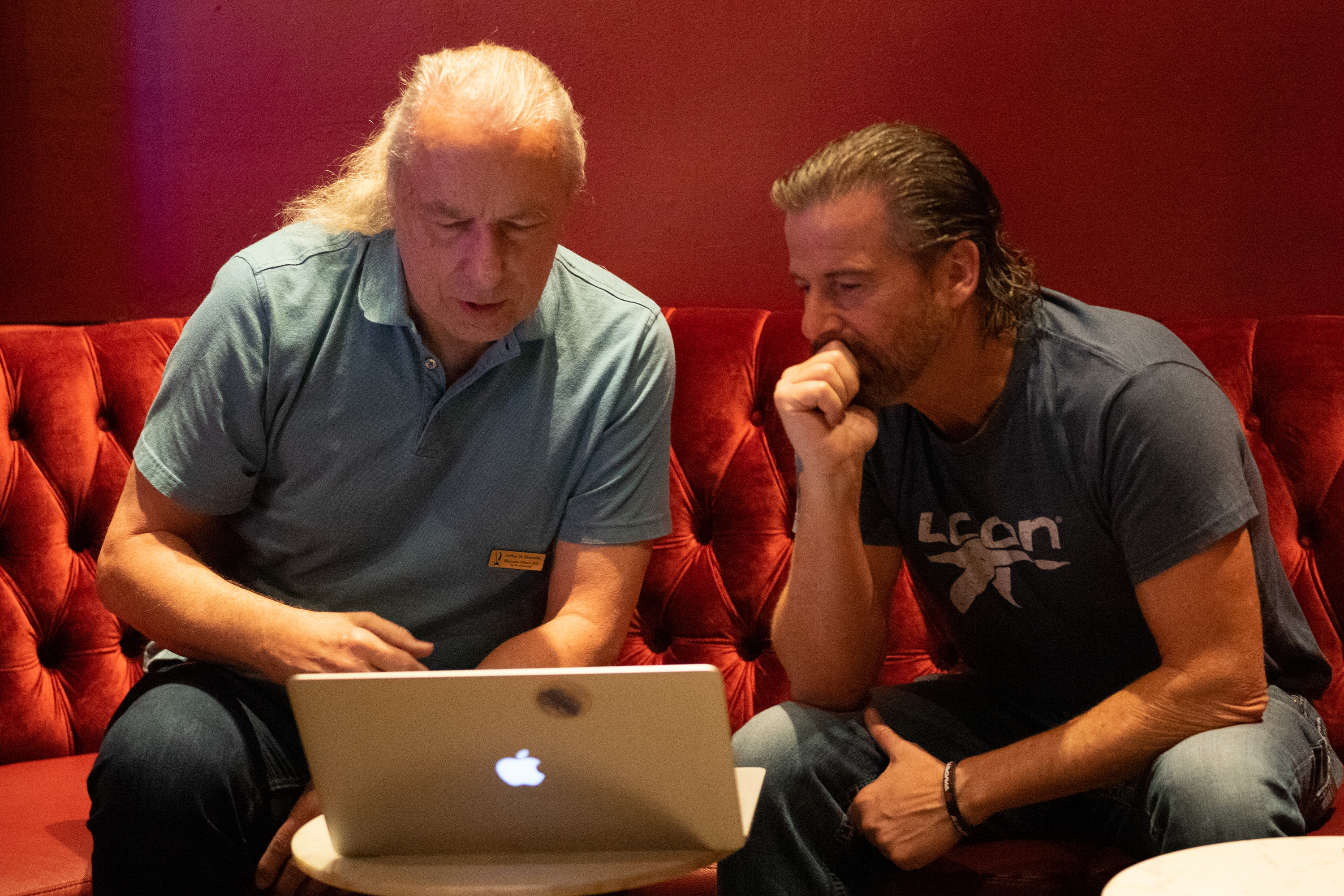
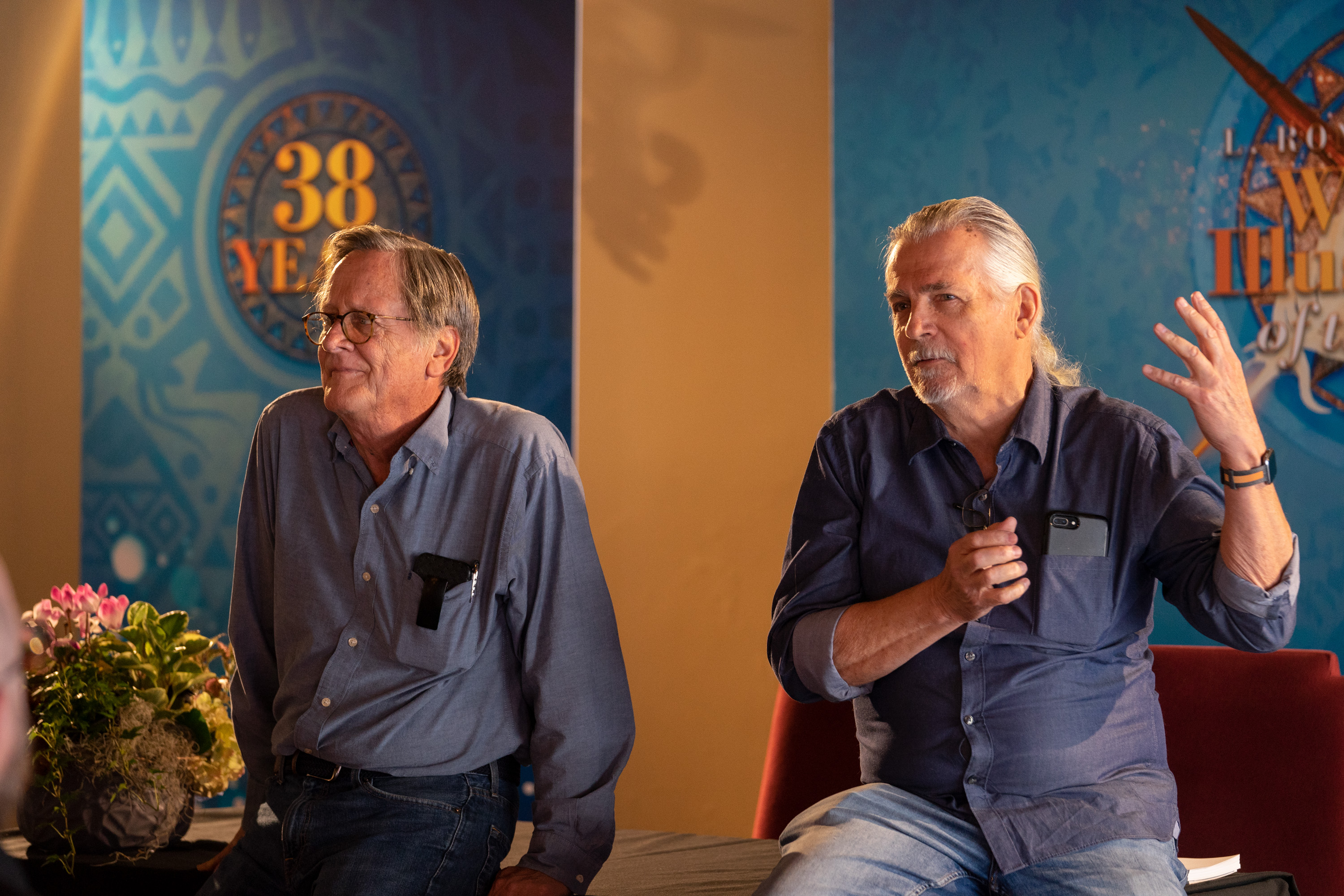


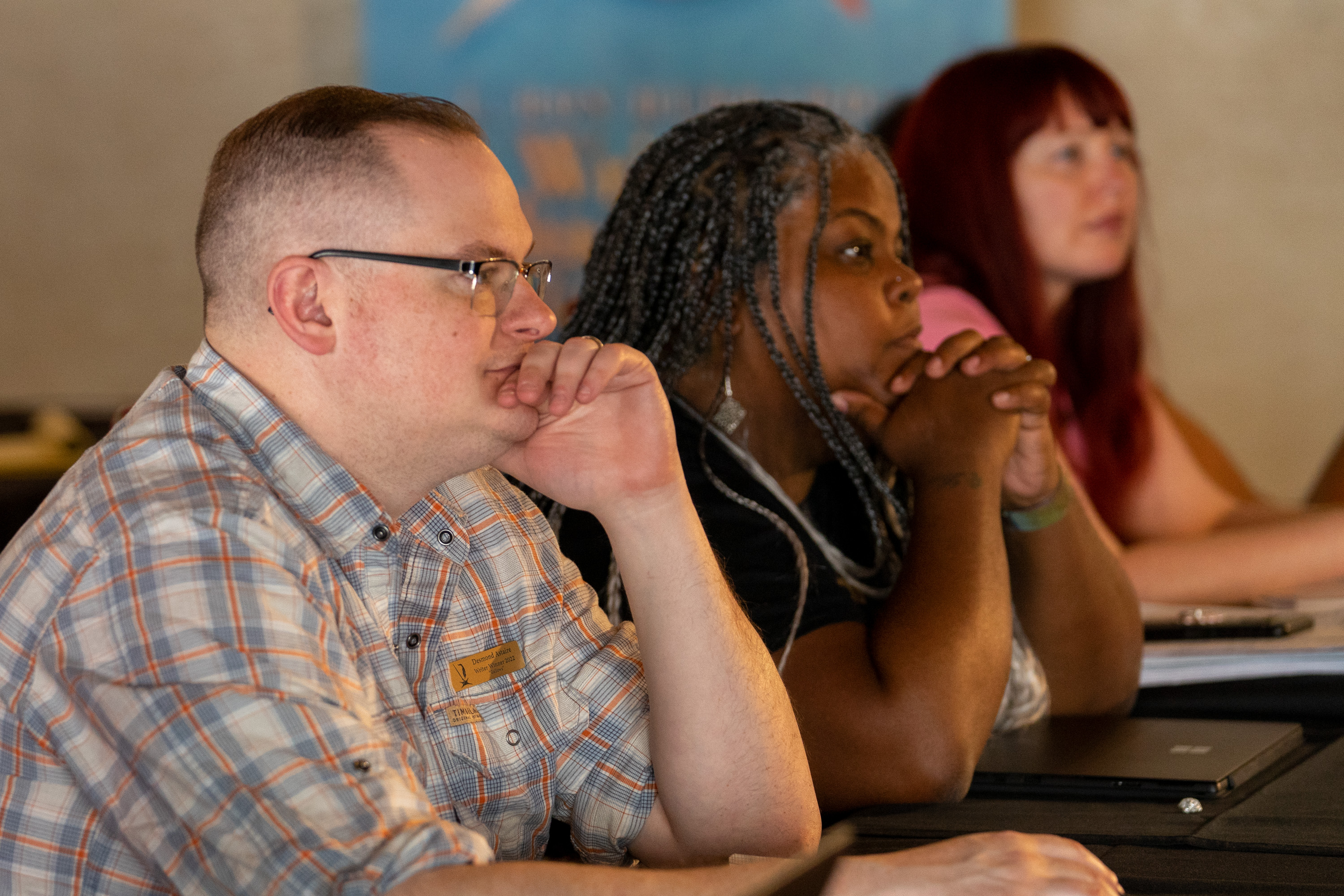


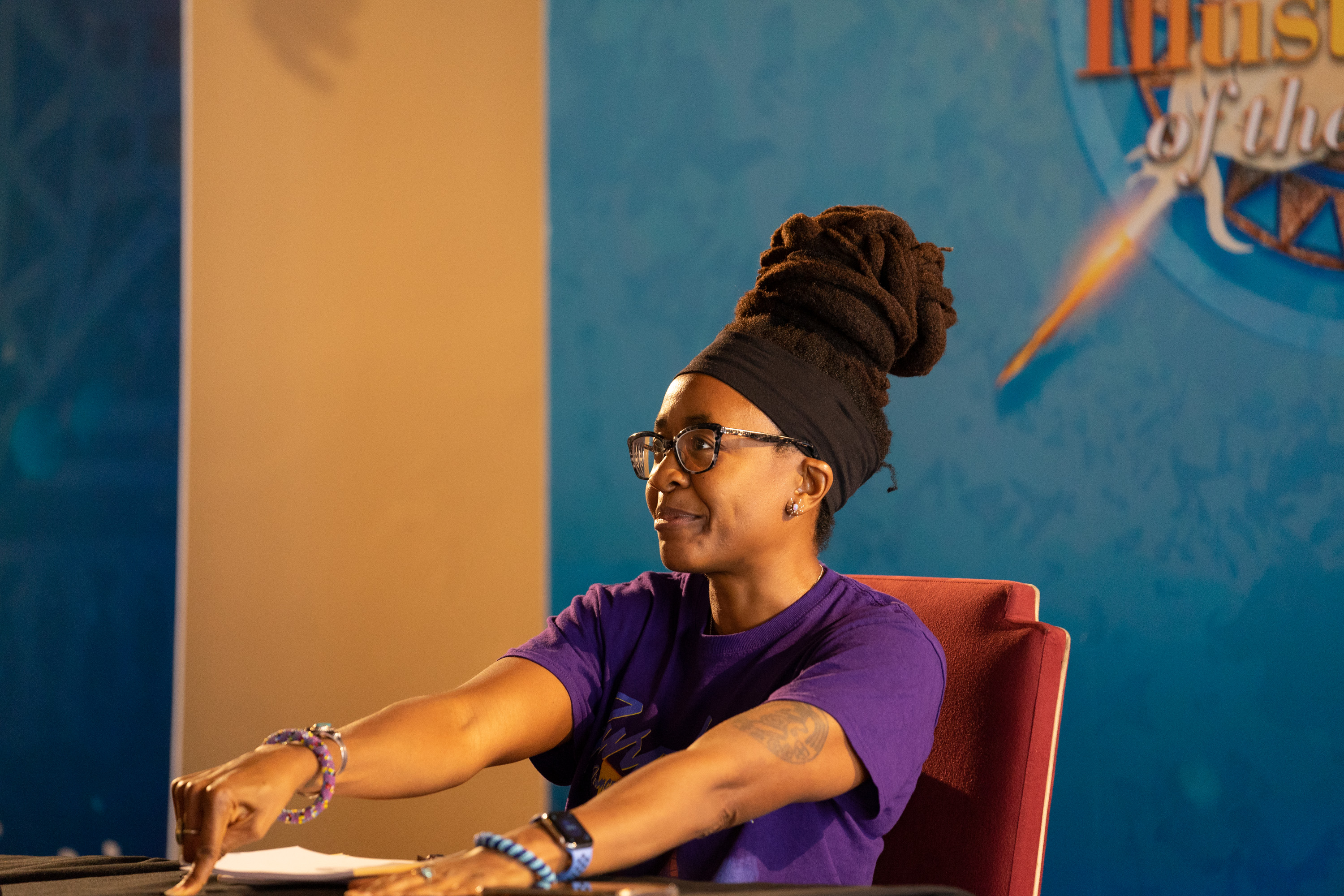


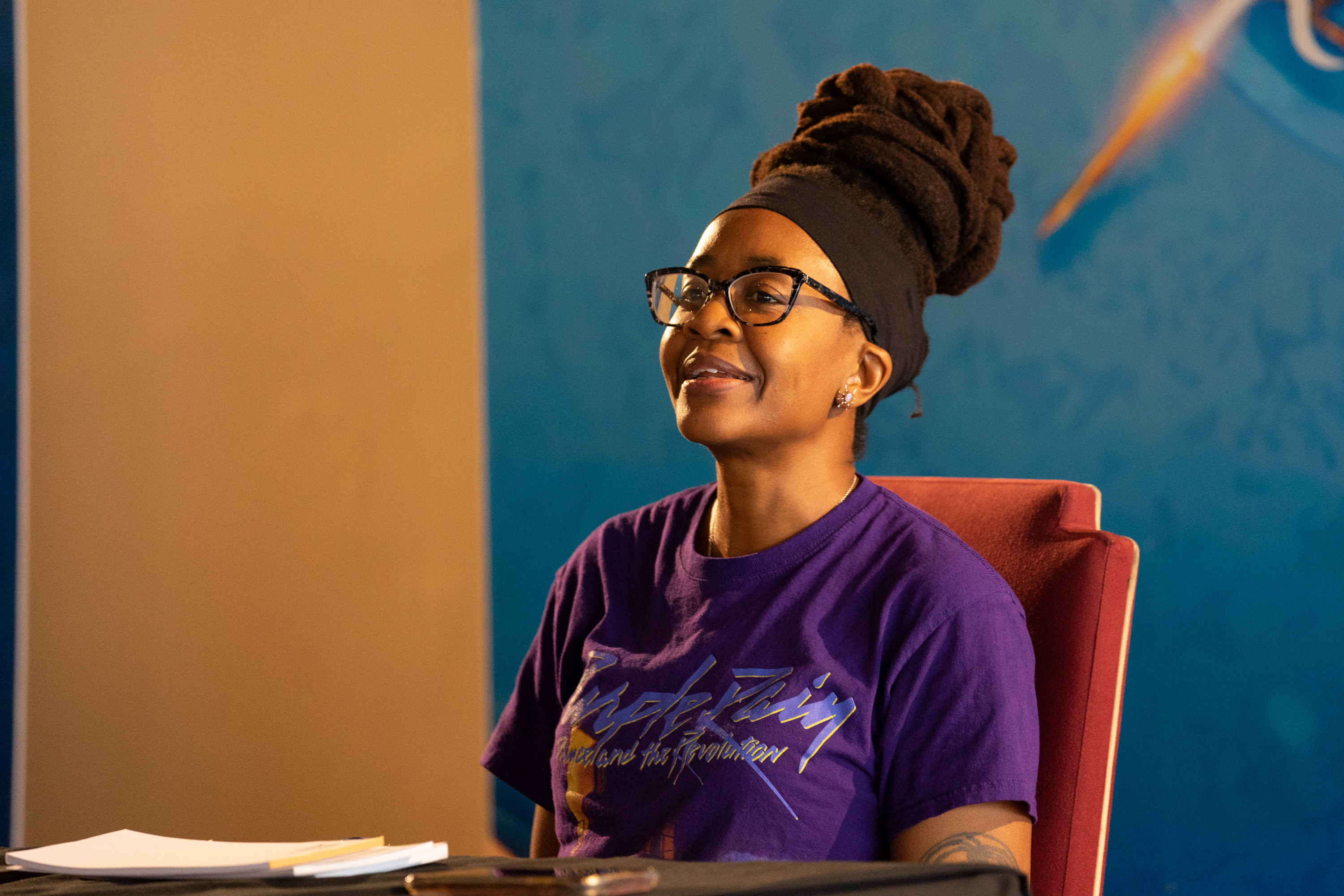

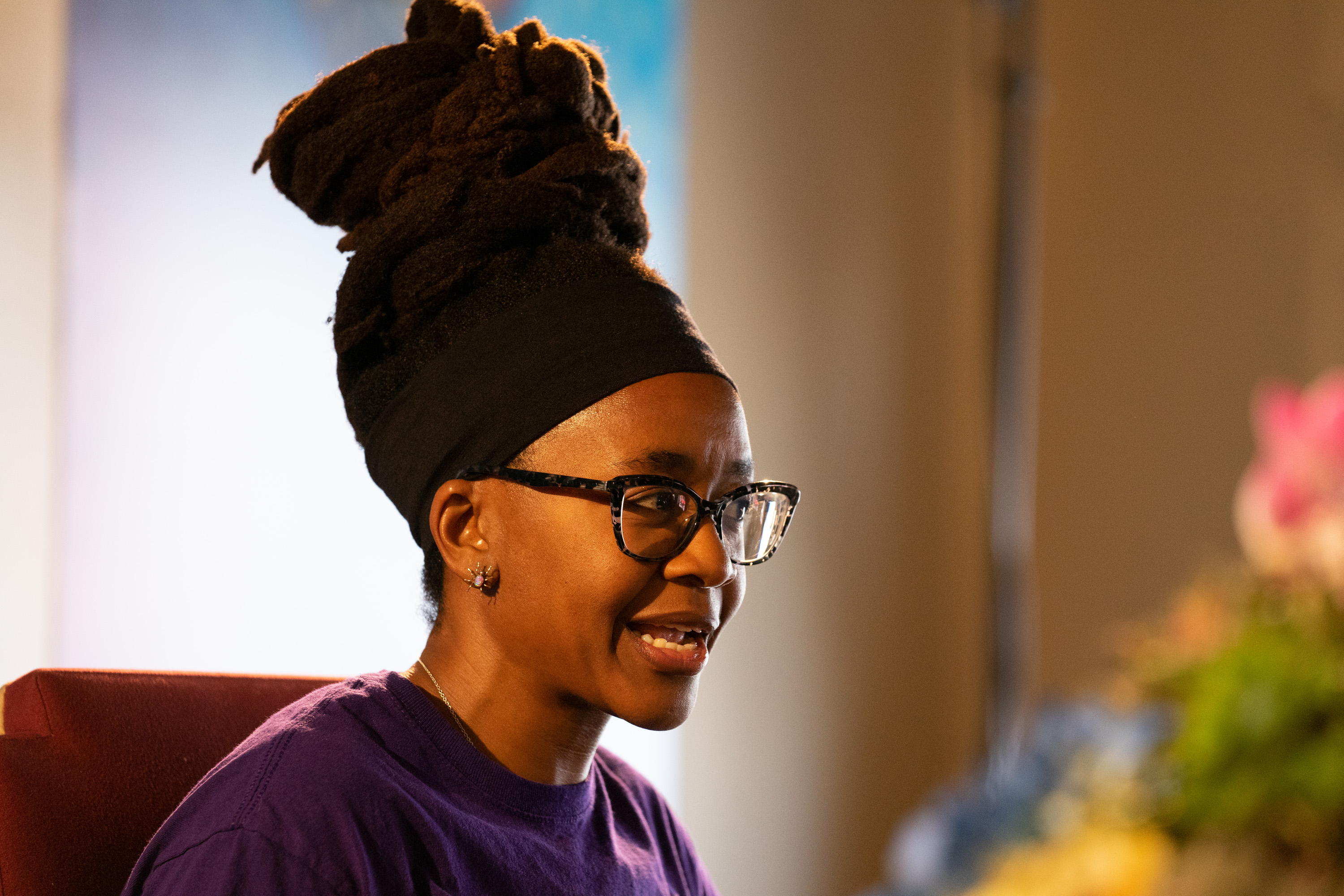






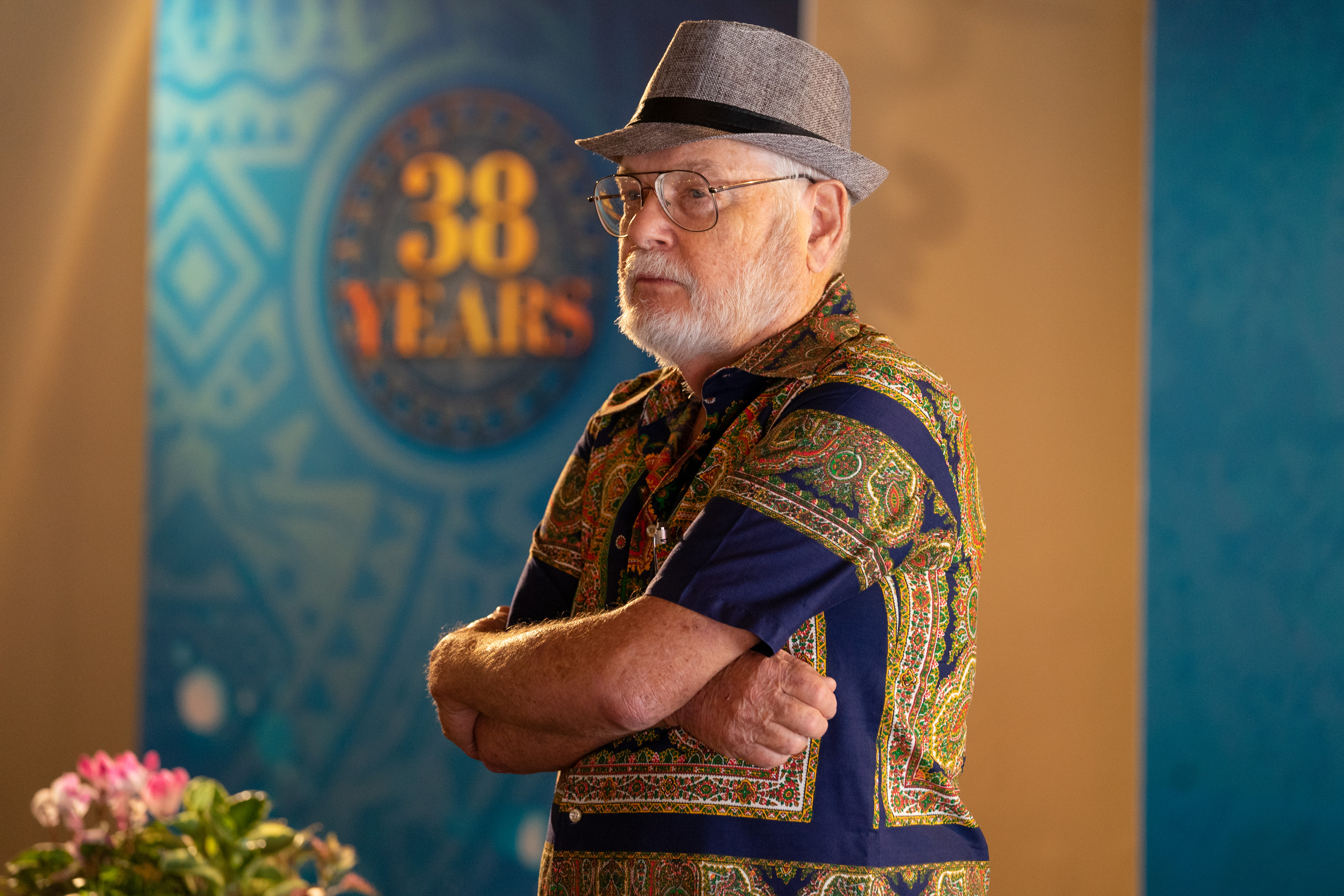



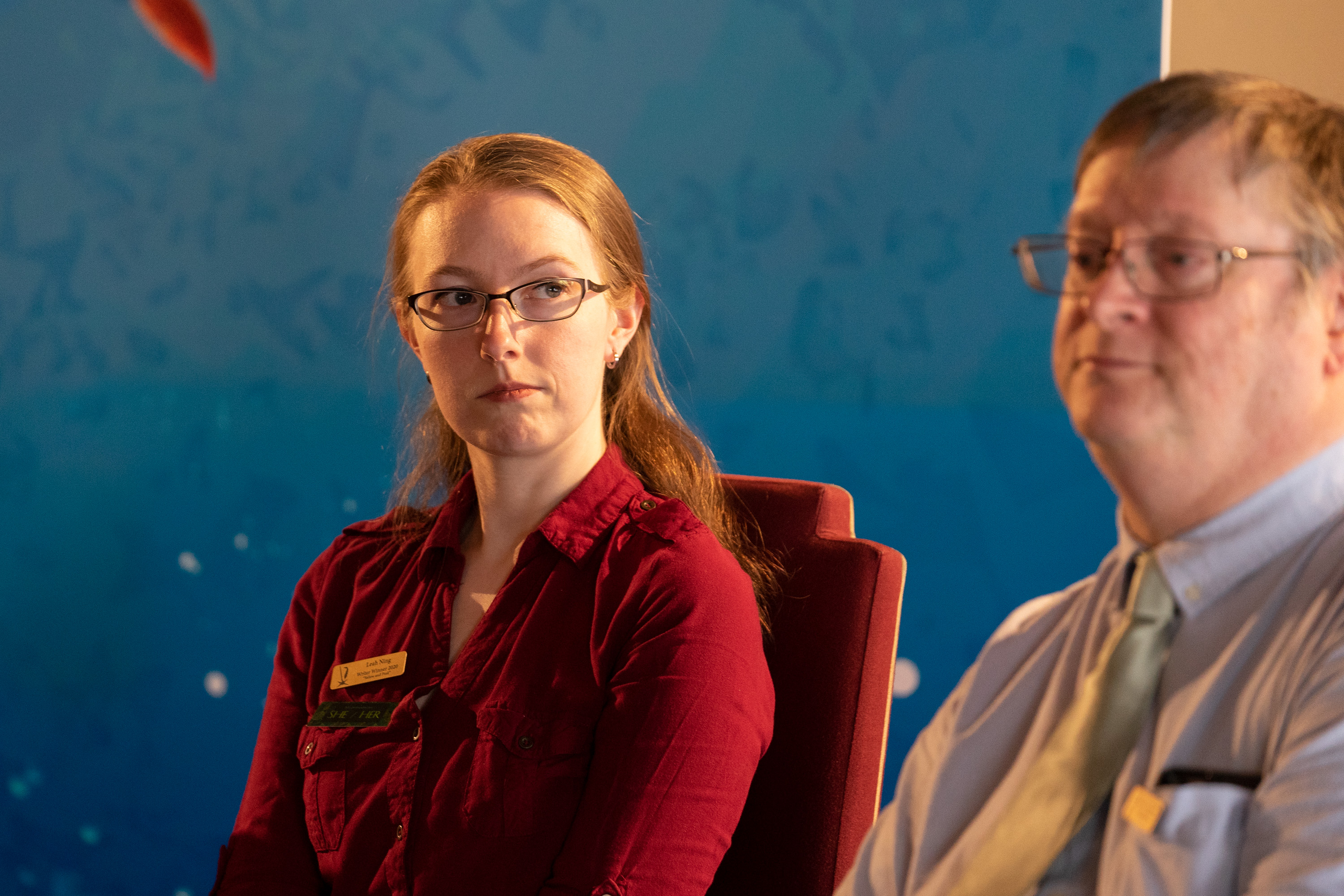

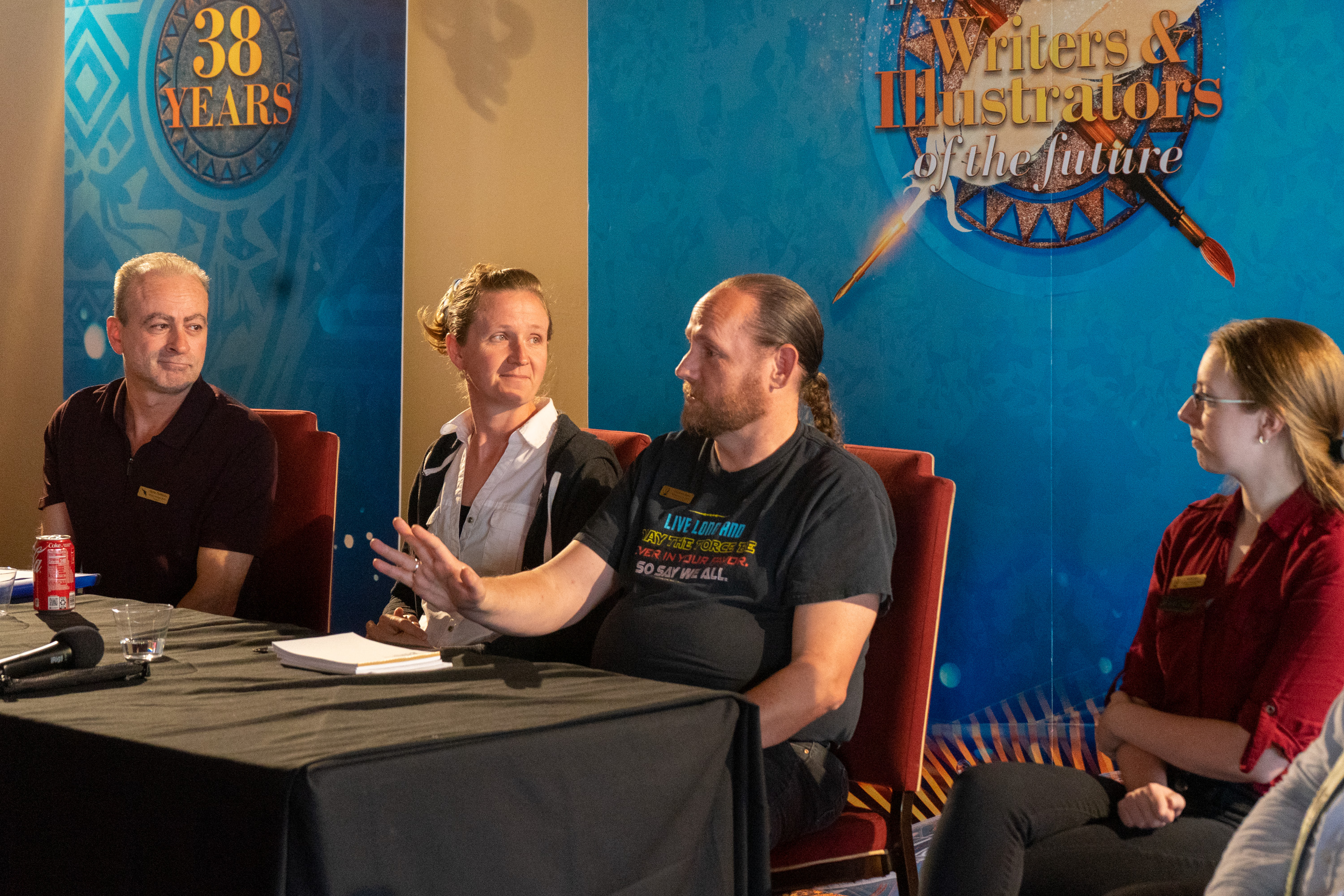
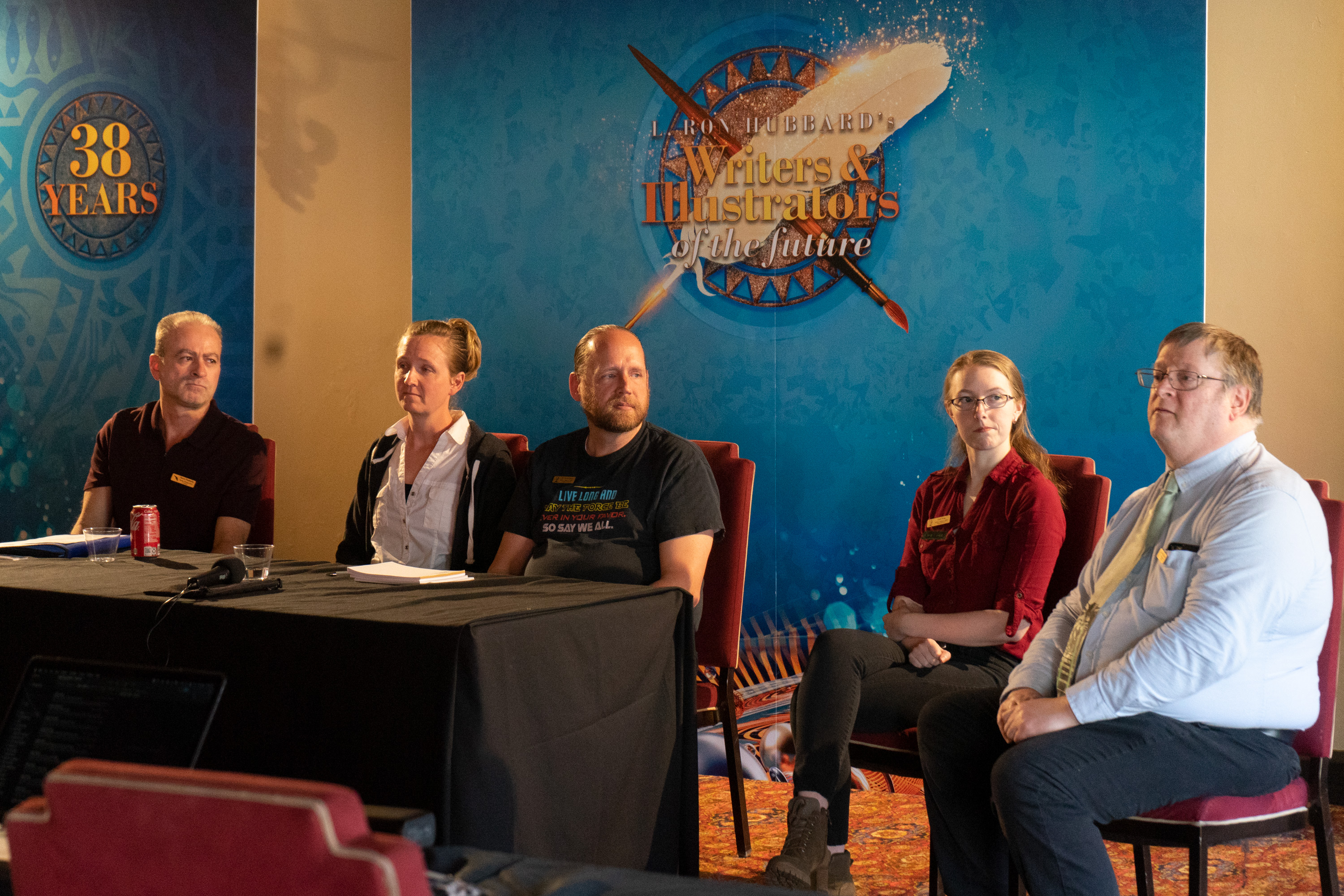
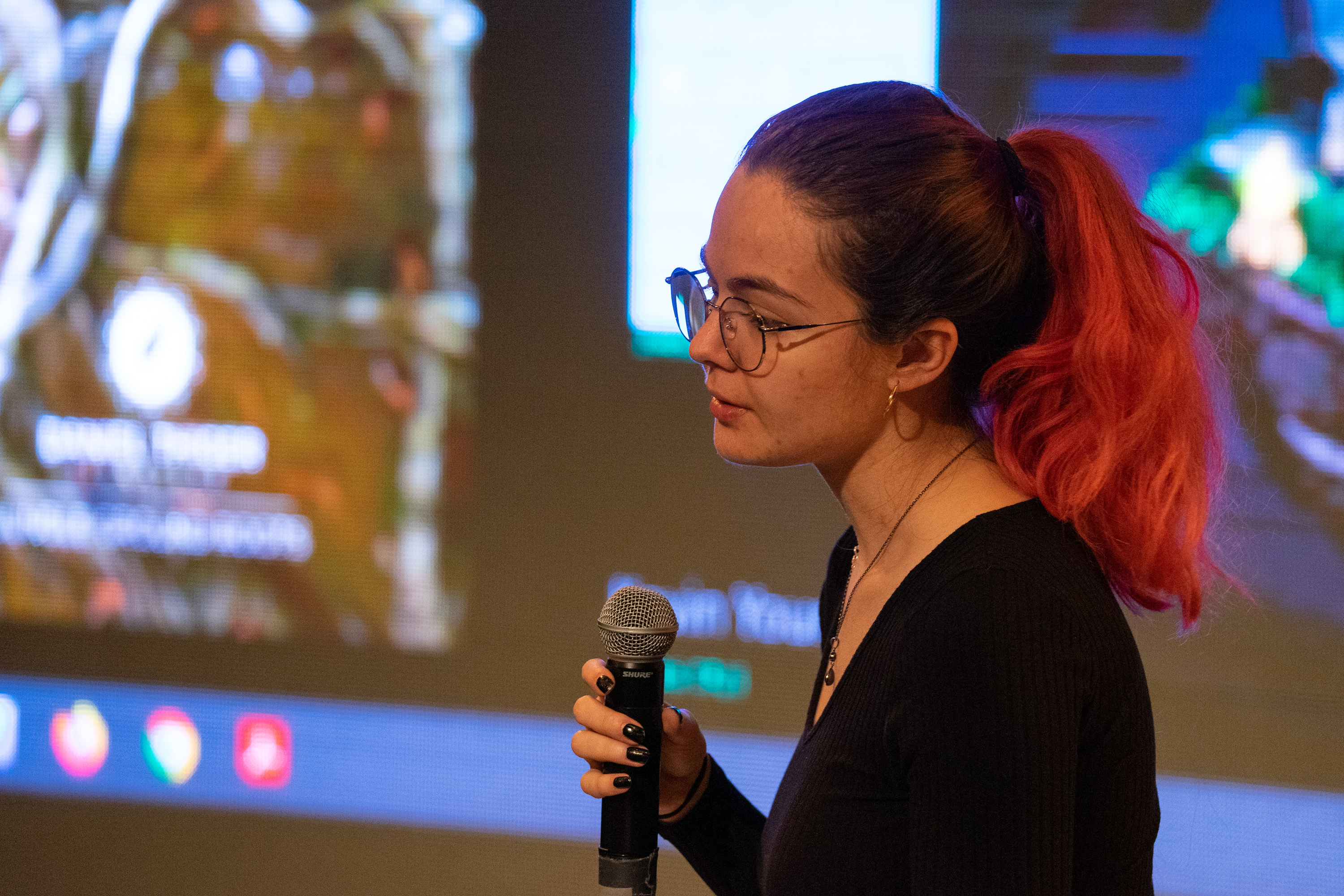


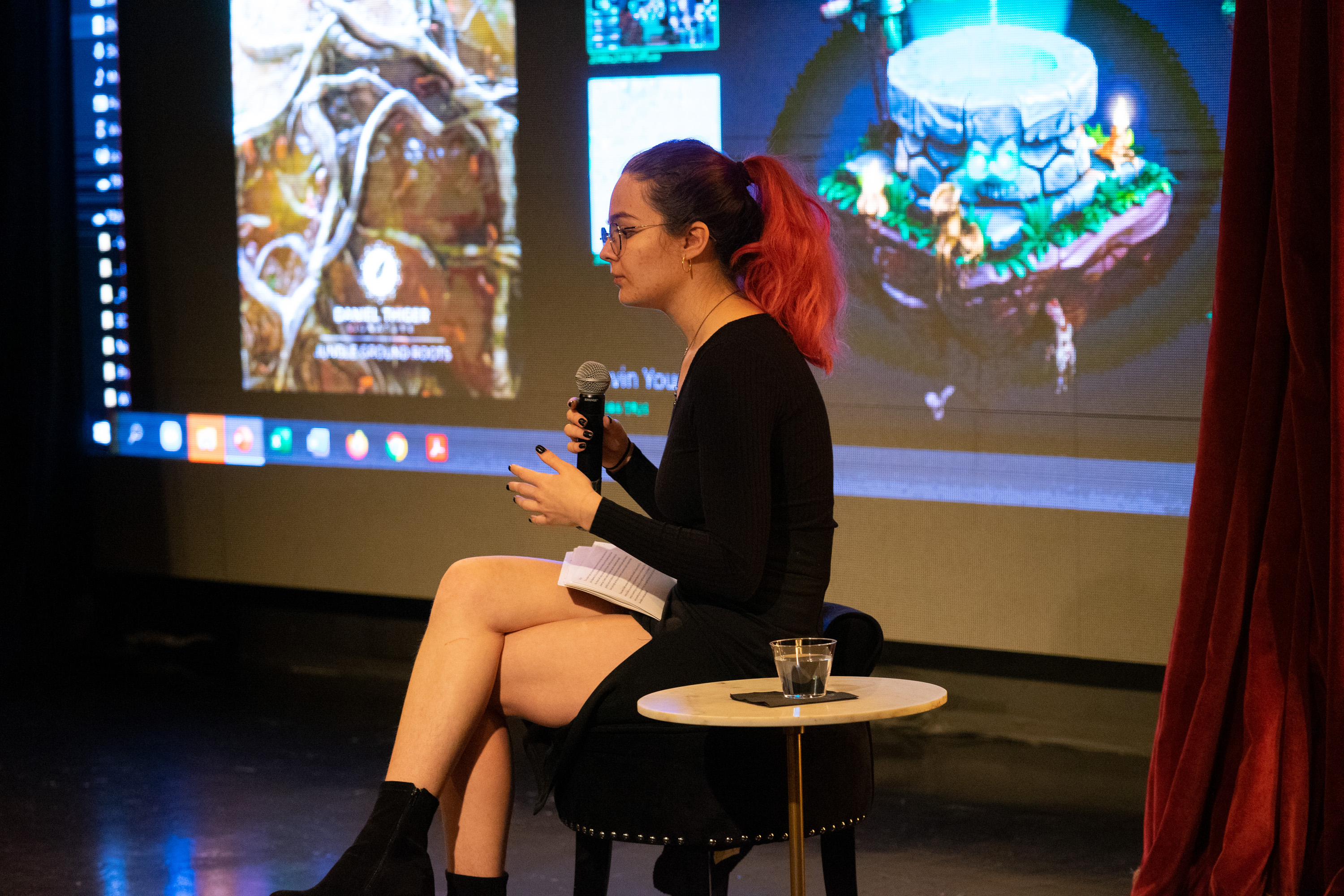




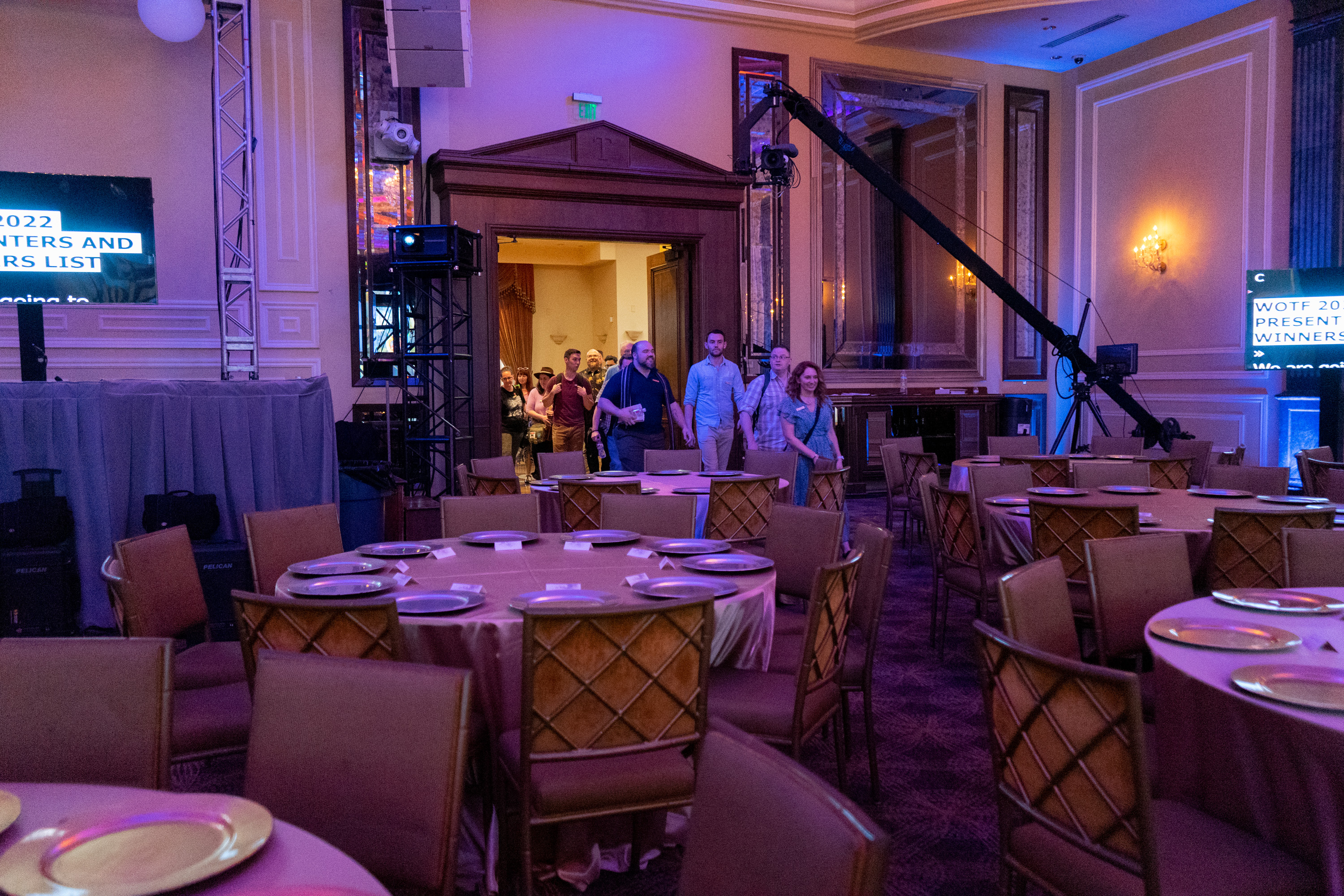





Leave a Reply
Want to join the discussion?Feel free to contribute!